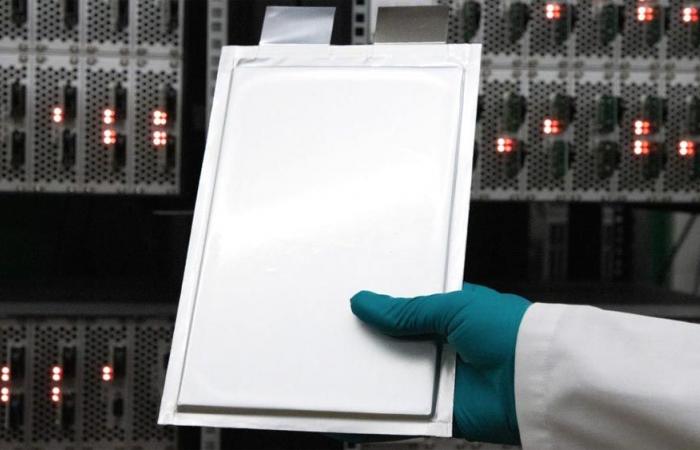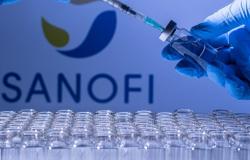Co-funded by the European Commission’s Horizon 2020 programme, the collaborative research and innovation project Cobra was to deliver a functional demonstrator for electric mobility in 2024. Where are we now?
A cell improved at all levels
Four years ago, the specifications of the Cobra project (CObalt-free Batteries for FutuRe Automotive applications) clearly appeared ambitious, with improvements at all levels. It was thus a question of an energy density increased to 750 Wh/l for a weight of the pack divided by two including its envelope.
With a lifespan of more than 2,000 useful discharge/recharge cycles, the regeneration of the lithium-ion cells with intelligent sensors had to reach 3C, i.e. 300 kW for a battery with an energy capacity of 100 kWh. In addition, flammability had to be reduced in a temperature range of -40 to 100°C, with the battery being able to contain an internal fire up to 800°C for at least 30 minutes.
Staying on the safety side, the resistance of the packs to traction and shocks had to be increased by 300%. And all this while eliminating critical materials, including cobalt in particular, by presenting a recycling rate of over 95%, and by displaying a cost of less than 90 euros per kilowatt hour. Four years later, some of these characteristics have already been achieved with other developers.
Complex challenge
Brought together in a European consortium, 18 partners from the automotive industry, research and technology specialists worked on the subject, benefiting from a budget of around 12 million euros.
The current year 2024 had been designated for the delivery of a demonstrator opening on a technology that could be appropriated by European battery cell manufacturers. With an improved environmental impact, the innovation targeted 2030 and a global fleet of 125 million electric vehicles.
Not all the objectives have been achieved yet. For example, the weight, as explained by Lluis Trilla, a scientist at the Institute for Energy Research of Catalonia (Irec), the main partner of the project. According to him, the most complex challenge has been ” the integration of all innovations ” in a ” unique demonstrator » made with materials such as treated wood and recycled aluminum which have allowed to reduce its external weight by 30% compared to other batteries.
The demonstrator is here
The Cobra project players have indeed produced a demonstrator under a voltage of 400 V, which is often found on passenger cars and light commercial vehicles. It comes in the form of a complete battery system. The pack is made up of 96 cobalt-free lithium-ion cells.
Thanks to temperature, deformation and impedance sensors, the user of an electric vehicle equipped with such a set will be able to be informed in real time of its condition. Data reporting on the proper functioning of the battery will also be accessible. This is thanks to a pressure sensor and a gas detector responsible for detecting any abnormal reaction inside.
What the consortium is particularly highlighting is the development of an innovative BMS (Battery Management System). It integrates an internal wireless communication network that runs a series of advanced algorithms and models at the very heart of the whole.
Innovations that can be exploited by 2030?
« Wood, one of the components of the battery casing, combined with recycled aluminum, performed very well in the thermal propagation test, which involves overheating a battery cell to extreme temperatures to check its reaction. The results were quite positive. “, emphasizes Iván Viáfara, engineer of the Applus+ Idiada Battery Systems department.
The demonstrator has already undergone a series of validation tests. This has allowed it to reach maturity level TRL 6 today, i.e. the phase where the demonstrator has been tested in a representative environment. However, Lluis Trilla and Iván Viáfara estimate that in a few years it could reach TRL 9, which distinguishes a real system proven by successful operational missions.
They are therefore confident that by 2030 several of the innovations developed for the Cobra project will already be exploitable in order to achieve ” longer lasting, more efficient and optimally performing batteries ». « Now that everything is developed, we will try to ensure that the project has continuity and that it does not remain in a drawer “, concludes the Irec researcher.






